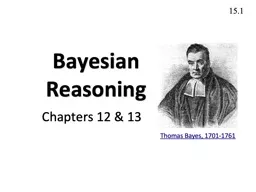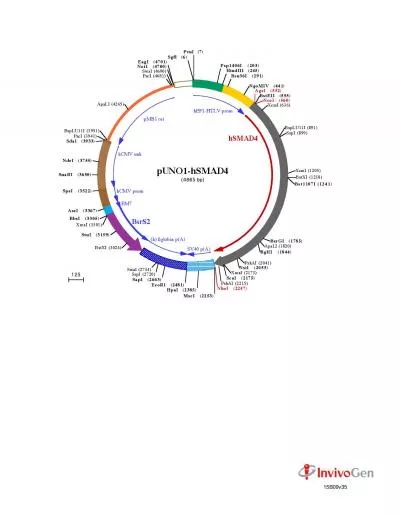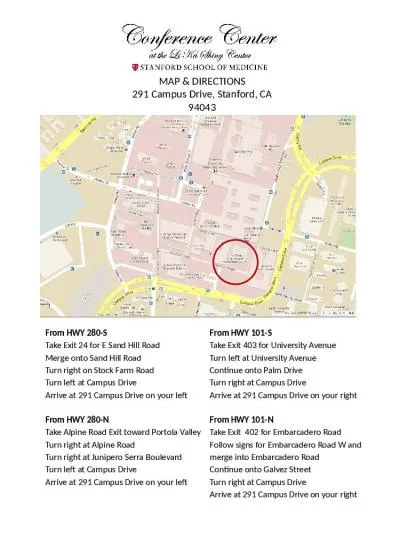PDF-DOCUMENT RESUMEED 291 589SE 048 922AUTHORJaji GailTITLEThe Uses of Ca
Author : rose | Published Date : 2021-07-07
Second International Mathematics StudyThe Uses of Calculators and Computersin Mathematics Classes in Twenty CountriesSummary ReportCenter for Education StatisticsOffice
Presentation Embed Code
Download Presentation
Download Presentation The PPT/PDF document "DOCUMENT RESUMEED 291 589SE 048 922AUTHO..." is the property of its rightful owner. Permission is granted to download and print the materials on this website for personal, non-commercial use only, and to display it on your personal computer provided you do not modify the materials and that you retain all copyright notices contained in the materials. By downloading content from our website, you accept the terms of this agreement.
DOCUMENT RESUMEED 291 589SE 048 922AUTHORJaji GailTITLEThe Uses of Ca: Transcript
Download Rules Of Document
"DOCUMENT RESUMEED 291 589SE 048 922AUTHORJaji GailTITLEThe Uses of Ca"The content belongs to its owner. You may download and print it for personal use, without modification, and keep all copyright notices. By downloading, you agree to these terms.
Related Documents

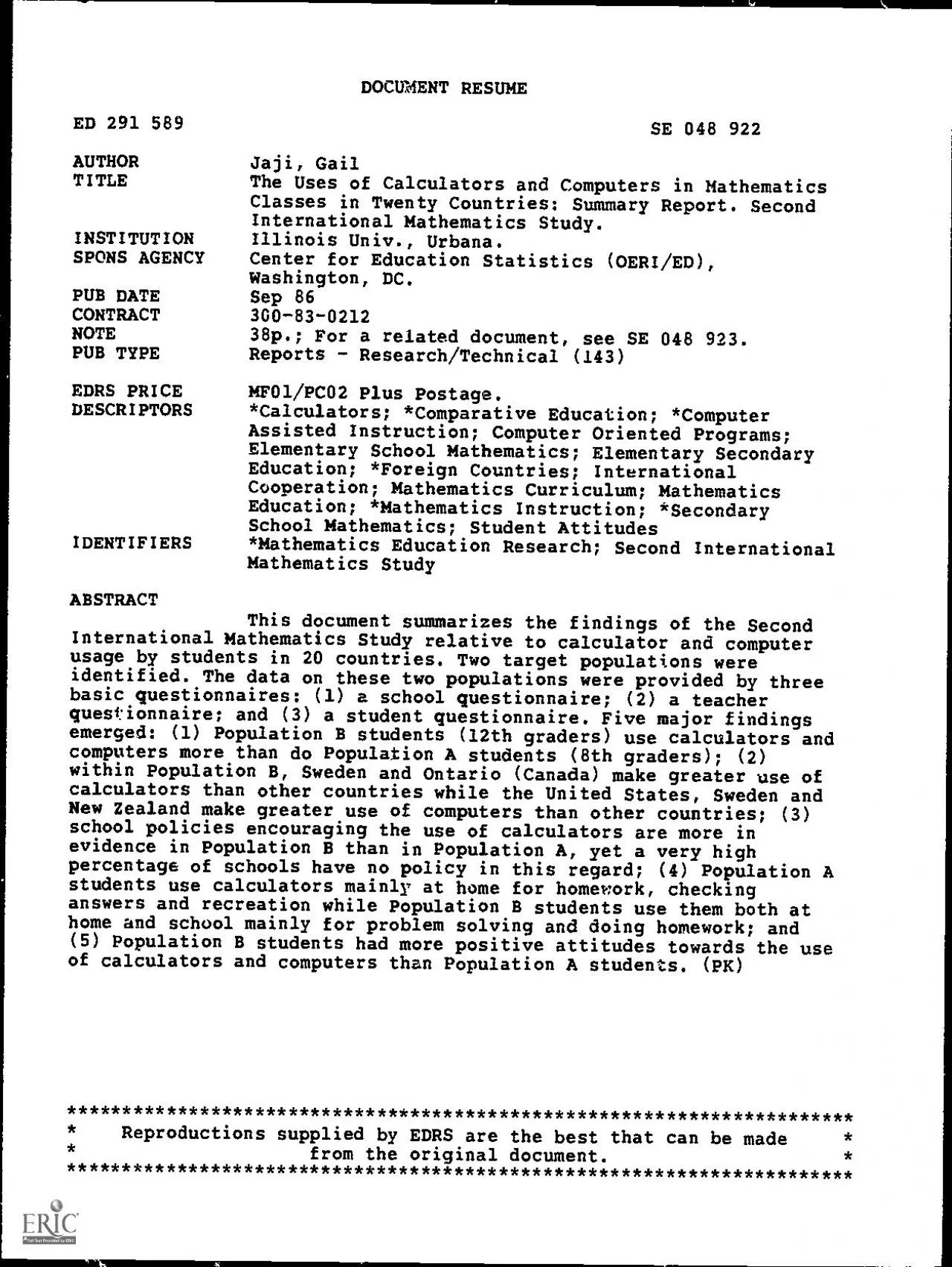
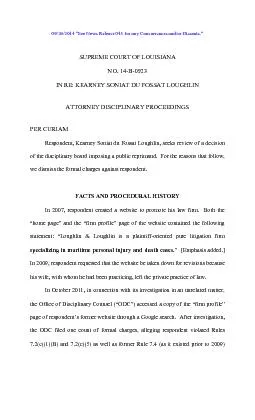
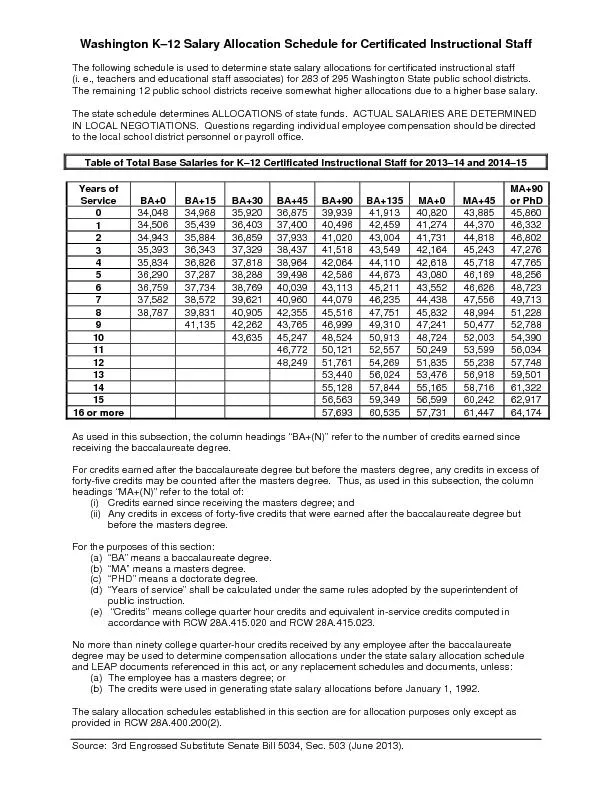
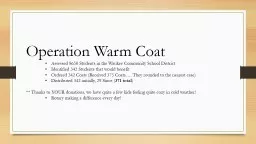
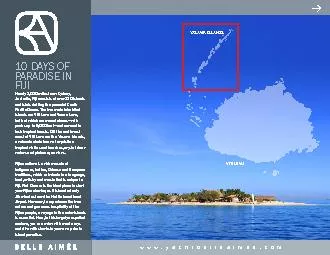
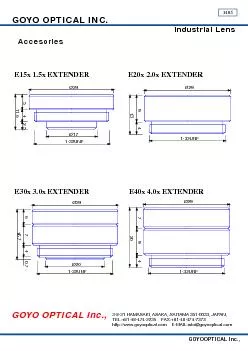
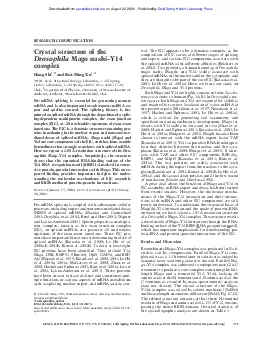
![[EPUB] - TExES Core Subjects EC-6 (291) Book + Online (TExES Teacher Certification Test](https://thumbs.docslides.com/901960/epub-texes-core-subjects-ec-6-291-book-online-texes-teacher-certification-test-prep.jpg)
